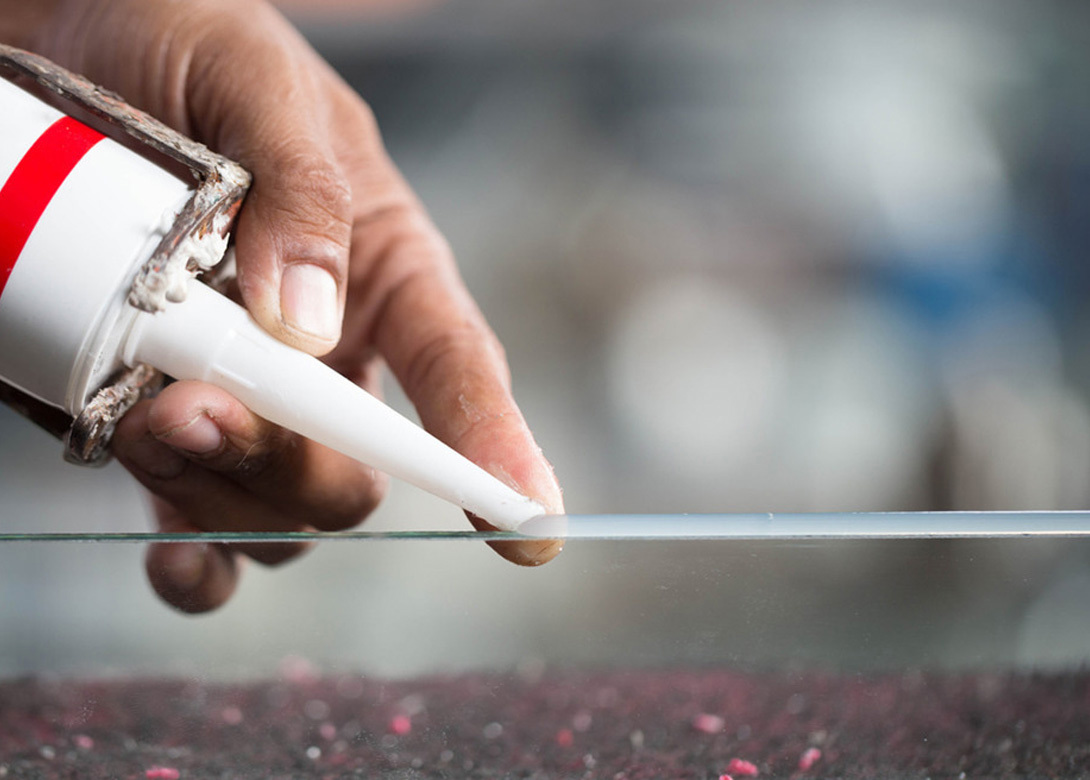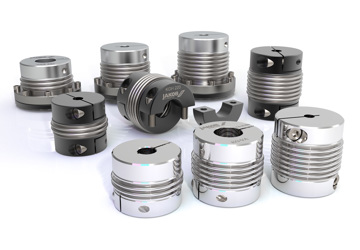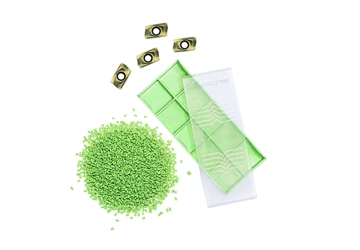

When specifying an adhesive, its functionality, i.e. whether it will act as an adhesive for the lifetime of the assembly on which it’s used, is the primary consideration for specifiers. However, what’s also important to consider is how the material will work in production, namely, its processability. By considering this factor at the design stage, time, money, and effort, can all be saved. Here, Kevin Brownsill, head of technical learning and development at adhesive specialist, Intertronics, explains some important process considerations for design engineers when specifying an adhesive.
The processability of an adhesive, covers everything from how it is removed from its packaging, to mixing, dispensing and curing. Being able to understand this for a given application, involves weighing up production requirements, such as speed and scale, against the adhesive’s properties. If, for instance, a material meets all of the technical criteria, but can’t be repeatably and accurately applied into a final part of the process, at a speed with which the production team are happy, it’s probably not a good fit for the job. Similarly, if the process can be perfected by hand during the R&D stage, but not easily replicated during automation, it’s unlikely to work in large scale production.
But how do specifiers come up with the right adhesive for the job?
Shortlisting materials
Typically, a design engineer will start the specification process by assessing the technical characteristics of a material from its data sheet. While this is a perfectly suitable way to shortlist a handful of candidate materials, it’s important to remember that data sheets are not exhaustive; it’s a combination of knowledge, experience and tests that are needed to establish if the data can be extrapolated for a specific application. This is where a good adhesives’ supplier will understand the full complexity of a project and make recommendations for suitable materials and dispensing technology to be evaluated, based on all of the relevant factors.
In many cases, there will be multiple materials that offer the required functionality, and it’s best to trial more than one; an end user may find that two adhesives give similar technical performance, but one offers significantly better process, or implementation, ROI benefits.
Out of the box
Adhesives are supplied in everything from small syringes and vials containing a few millilitres, to large 220 litre drums, and beyond. Not all materials, however, are supplied in every size and packaging type. If the material selected is only available in 10kg batches, but a 1nL shot is actually required, an appropriate alternative to reduce waste, or investing in suitable handling equipment, should be considered.
Once it’s been established whether the material is available in suitable packaging, how to apply it is the next consideration. This involves trialling possible dispensing methods, which can be anything from simple time pressure dispensing, to fully automated, volumetric dispensing – depending on repeatability and accuracy requirements.
An adhesive’s viscosity often impacts its suitability for an application, both technically and in terms of the process. Some have water-like viscosity, e.g a cyanoacrylate adhesive, others exist as very thick pastes, e.g a thermally conductive silicone. Each extreme can be difficult to process for different reasons; while a low viscosity material may cause problems with dripping, a high viscosity material may be a challenge to remove from the packaging or apply to the part. This is where an adhesive supplier can talk customers through which materials will be easy to dispense for specific applications, based on their physical properties.
Production process
There are numerous processing steps that may be required as part of an adhesive project, such as thawing, decanting, warming and mixing. Typically, the fewer steps involved in the process the better, as it reduces labour, risk, as well as costs. If a material requires many processing steps, design engineers can seek an alternative with similar technical properties, but fewer processing requirements.
Single part adhesives are easier to dispense and handle than two part ones, which require mixing. UV curing adhesives, for example, enable a fast cure, no mix process, that improves efficiency and overall economy, and can be trialled to see if they offer the required functionality.
Time-based considerations
When it comes to two part materials, such as epoxies, polyurethanes, silicones, and methacrylates, these begin to gel and start to change in viscosity immediately upon mixing. An understanding of how a material changes over time can dictate how it is used. With two part materials, for example, a metering-and-mixing system can be employed at the point of dispense.
The working life of the adhesive, i.e. the amount of time a mixed material remains low enough in viscosity to still be readily applied with the appropriate accuracy and tolerance required for an application,
and whether that working life suits a particular process, should also be considered. In some cases, it may be necessary to modify dispensing technology to allow for certain working life characteristics. For example, if dispensing a two part epoxy that cures in 5 to 10 minutes, using a dispensing system with an automatic purge, to keep fresh material in the nozzle, is advisable.
Curing time is another important time-based consideration, with huge variations in the amount of time different adhesives take to cure, from seconds to hours, or even days in the case of slow curing epoxies and silicones. A long cure regime means parts may need to be set aside to cure offline, taking up space and resources like jigs and tooling. Then, there are adhesives with purely thermal cures, which require an oven of sorts, itself incurring an upfront cost and ongoing energy expense.
Ideally, the cure time will fit into production speeds and takt times, to avoid creating bottlenecks, or large amounts of work in progress. Rapid curing adhesives, for example, such as cyanoacrylate adhesives and UV curable materials, can be attractive from a process perspective, but are not always suitable from performance, or process, perspectives.
Health and safety
For a team handling the adhesive material, it’s important to consider whether the adhesive will introduce additional health and safety (H&S) requirements. Some processes may carry an increased risk of RSI, where a team member may, for example, have to use excessive force to remove the material from its packaging. One potential solution, in such a case, is to switch from human to a pneumatic system. Alternatively, switching to a different, easier to handle material, is another solution.
Whatever the adhesive selection process, it’s essential to always review the latest Safety Data Sheet to establish such things as ventilation and PPE requirements, and any other pertinent regulations. From 23rd August 2023, for example, users of polyurethane adhesives with a monomeric diisocyanate concentration of >0.1%, require training in its use. If H&S issues are a concern, it’s worth trialling alternative materials; Point One™ structural polyurethane adhesives, for example, use micro-emission technology and, therefore, require no training.
Typically, the fewer processes that need to be done by hand, the better; a machine that meters and mixes through a nozzle, offers better repeatability and H&S than an operator doing it by hand.
Scaling up
An understanding of expected production quantities can impact adhesive choice with regard to cure time, dispensing method, and even packaging; what works for one component might look different as quantities increase.
If production is likely to scale up, design engineers may wish to specify a readily automatable material, so higher throughputs and volumes can be achieved. Certain materials can be packaged for both hand application and in bulk, which can make the transition easier. For example, the two part, clear, potting polyurethane, Opti-tec 4200, is available in easy to use 50ml cartridges and also in bulk kits of at least 1kg. An adhesives’ supplier can advise on incremental approaches to fit with a user’s scaling up, investment and future plans.
Taking the processability of an adhesive into account at the design stage greatly reduces the chance of hurdles further down the line. By keeping a process simple, through automation and the use of single-part materials with no mixing requirements, as well as fast, in-line cure, and process friendly packaging, can avoid these hurdles – as well as by seeking the advice of an adhesives’ expert early in any new product introduction journey.

Having spent a decade in the fastener industry experiencing every facet – from steel mills, fastener manufacturers, wholesalers, distributors, as well as machinery builders and plating + coating companies, Claire has developed an in-depth knowledge of all things fasteners.
Alongside visiting numerous companies, exhibitions and conferences around the world, Claire has also interviewed high profile figures – focusing on key topics impacting the sector and making sure readers stay up to date with the latest developments within the industry.





